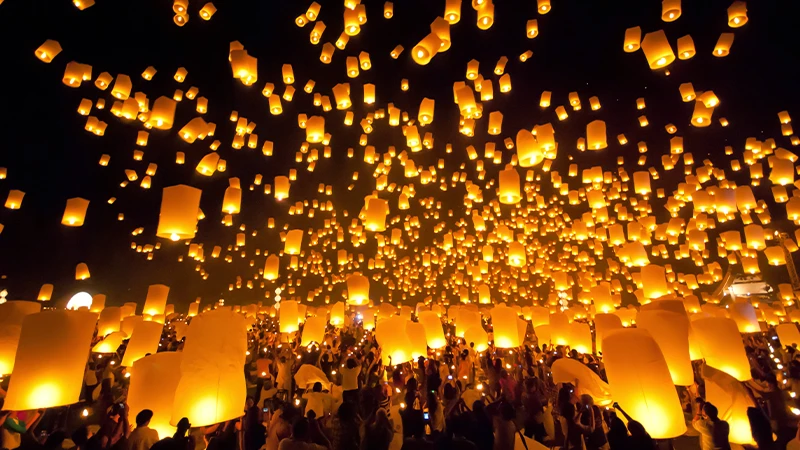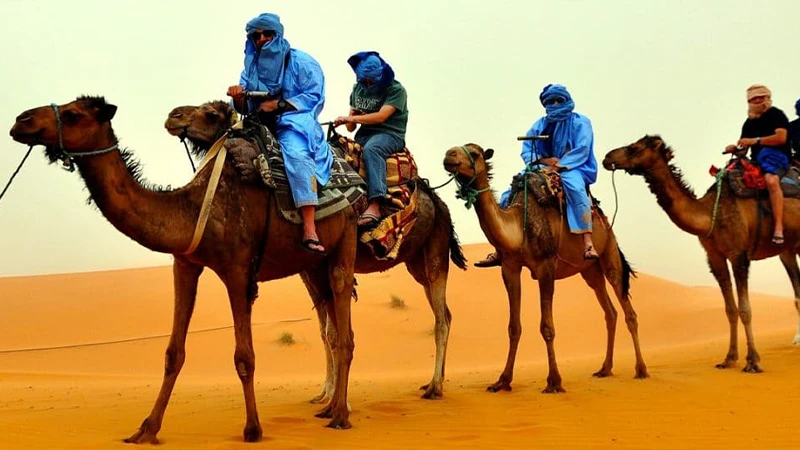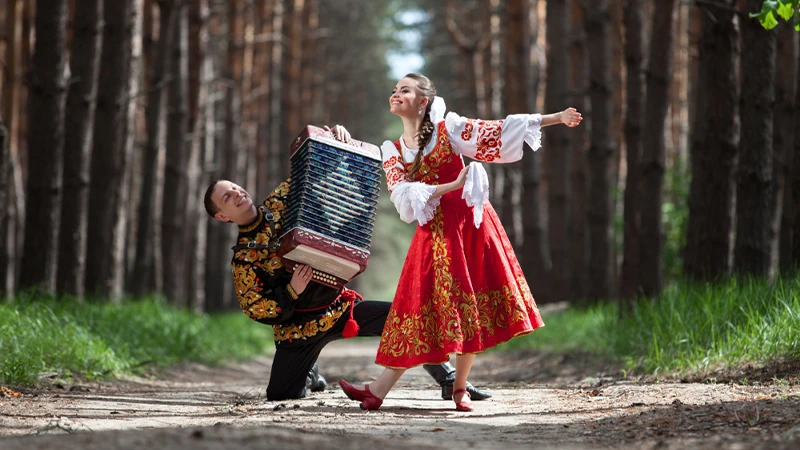Asia, the world’s largest and most diverse continent, is home to an astonishing array of cultures, languages, and traditions. One of the most vibrant aspects of Asia’s cultural tapestry is its festivals and ceremonies. From ancient rituals steeped in spirituality to exuberant celebrations of harvests, religions, and changing seasons, festivals in Asia offer a fascinating glimpse into the continent’s rich heritage.
In this guide, we’ll explore some of the most famous and colorful festivals and ceremonies across Asia. These celebrations are a reflection of the region’s diverse cultures, beliefs, and histories, and each one offers a unique experience for both locals and visitors.
1. Chinese New Year (Spring Festival) – China
Overview
Chinese New Year, also known as the Spring Festival, is the most significant traditional holiday in China and one of the most widely celebrated festivals in Asia. It marks the beginning of the lunar new year, which falls between January 21 and February 20. The festival lasts for 15 days, culminating in the Lantern Festival.
Key Traditions
- Red Envelopes (Hongbao): Money is given in red envelopes for good luck and prosperity.
- Family Reunions: Chinese New Year is a time for families to come together and celebrate. Many people travel great distances to reunite with their loved ones.
- Fireworks and Firecrackers: These are set off to scare away evil spirits and bring good fortune.
- Lion and Dragon Dances: Traditional dances are performed in the streets to bring good luck and ward off evil spirits.
Why It’s Special
The combination of age-old traditions, delicious food, colorful parades, and fireworks makes Chinese New Year one of the most exciting and joyful celebrations in Asia. The emphasis on family and renewal reflects the values of Chinese culture.
2. Diwali – India, Nepal, and Other South Asian Countries
Overview
Diwali, known as the Festival of Lights, is one of the most popular Hindu festivals, celebrated in India, Nepal, and other parts of South Asia. Diwali usually takes place in October or November and symbolizes the triumph of light over darkness and good over evil. It marks the victory of Lord Rama over the demon king Ravana, as well as the return of Rama to his kingdom after a 14-year exile.
Key Traditions
- Lighting Diyas: Small oil lamps (diyas) are lit to symbolize the victory of light over darkness.
- Fireworks: Diwali is known for its spectacular fireworks displays that light up the night sky.
- Rangoli: Beautiful patterns and designs made from colored powders, rice, and flowers are created at the entrance of homes.
- Feasts and Sweets: Families prepare elaborate meals and sweets like laddoos and barfis, and exchange gifts with relatives and neighbors.
Why It’s Special
The glow of millions of lamps and the joy of family gatherings make Diwali a deeply spiritual yet festive occasion. The festival fosters a sense of community, joy, and renewal, drawing people from all walks of life to celebrate the triumph of good.
3. Songkran – Thailand
Overview
Songkran is Thailand’s traditional New Year celebration, held annually from April 13 to 15. It is one of the most famous festivals in Southeast Asia, widely known for its fun water fights. The festival marks the beginning of the solar year and is a time for cleansing, renewal, and paying respects to elders.
Key Traditions
- Water Fights: People engage in massive water battles in the streets using water guns, buckets, and hoses. The water symbolizes the washing away of bad luck and sins.
- Visits to Temples: Many people visit temples to make offerings and receive blessings for the upcoming year.
- Sand Pagodas: In some areas, people build small pagodas from sand at temples as an offering for good fortune.
Why It’s Special
Songkran is a vibrant, joyful celebration, and the water fights are a fun way for people to connect and enjoy the festive spirit. The festival is also deeply spiritual, with an emphasis on family, respect for elders, and renewal.
4. Obon – Japan
Overview
Obon is a Buddhist tradition that honors the spirits of ancestors. It is celebrated annually in Japan, usually in mid-August. While the festival is rooted in Buddhism, it has evolved into a cultural celebration marked by family reunions and various public events.
Key Traditions
- Bon Odori (Bon Dance): Traditional folk dances are performed to welcome the spirits of the ancestors back to the family home.
- Lanterns: Paper lanterns are lit to guide the spirits of the deceased and are often floated down rivers to symbolize the return of souls to the afterlife.
- Family Gatherings: Families visit ancestral graves and clean the tombstones in preparation for the spirits’ arrival.
Why It’s Special
Obon is a unique blend of reverence for ancestors and a celebration of family unity. The lantern-lit streets and the sound of traditional dances create a reflective yet joyful atmosphere, offering a poignant reminder of the cyclical nature of life.
5. Baisakhi – India and Pakistan
Overview
Baisakhi is a harvest festival celebrated primarily in the Punjab regions of India and Pakistan. It usually falls on April 13 or 14 and marks the beginning of the harvest season. In addition to its agricultural significance, Baisakhi holds religious importance for Sikhs as the day of the formation of the Khalsa in 1699.
Key Traditions
- Dancing and Singing: Folk dances such as Bhangra and Gidda are performed, accompanied by traditional songs celebrating the harvest.
- Visiting Gurudwaras: Sikhs visit Gurudwaras (places of worship) to offer prayers and celebrate the formation of the Khalsa.
- Feasts: A variety of traditional foods are prepared, especially in rural communities, to celebrate the successful harvest.
Why It’s Special
Baisakhi is a joyous occasion that celebrates both the bounty of the land and the strength of religious and cultural traditions. It is a time of community gatherings, feasts, and the sharing of blessings.
6. Lunar New Year (Tet) – Vietnam
Overview
Tet, or Tết Nguyên Đán, is the Vietnamese Lunar New Year, the most important celebration in Vietnam. It usually takes place in late January or early February, depending on the lunar calendar. Tet marks the arrival of spring and is a time to honor ancestors, reunite with family, and usher in good fortune for the year ahead.
Key Traditions
- Ancestor Worship: Families prepare offerings at home and at temples to honor their ancestors and ask for their blessings in the coming year.
- Tet Foods: Special dishes like bánh chưng (square sticky rice cake) and pickled onions are prepared and shared with family and friends.
- Lion Dances and Fireworks: Like Chinese New Year, Tet features lion dances, fireworks, and vibrant parades.
Why It’s Special
Tet is a deeply familial and spiritual holiday that emphasizes respect for ancestors, family bonding, and the hope for a prosperous new year. The festivities combine joy and reflection, creating a sense of unity and renewal.
7. Vesak – Southeast Asia
Overview
Vesak (or Buddha Day) is the most important Buddhist holiday, celebrated across Southeast Asia, especially in countries like Sri Lanka, Thailand, Cambodia, Laos, Myanmar, and Indonesia. The festival marks the birth, enlightenment, and death (parinirvana) of the Buddha, and it typically takes place in May or June.
Key Traditions
- Temple Visits and Offerings: Devotees visit temples to make offerings of flowers, incense, and food to the Buddha. They may also engage in meditation and prayer.
- Buddhist Parades: Many countries celebrate with processions, where large statues of the Buddha are carried through the streets by devotees.
- Acts of Charity: Vesak is also a time for giving and compassion, with many people donating to the poor or engaging in community service.
Why It’s Special
Vesak is a deeply spiritual festival that centers around reflection, self-improvement, and compassion. It offers an opportunity for Buddhists to practice mindfulness, purify their minds, and celebrate the teachings of the Buddha.
8. Harbin International Ice and Snow Sculpture Festival – China
Overview
While not rooted in a specific cultural or religious tradition, the Harbin International Ice and Snow Sculpture Festival is one of the most famous winter festivals in Asia. Held annually in Harbin, China, it usually begins in January and lasts for over a month, drawing visitors from all over the world.
Key Traditions
- Ice Sculptures: The festival is famous for its gigantic ice and snow sculptures, some of which are as tall as buildings. These intricate works of art are made from ice blocks taken from the nearby Songhua River.
- Light Displays: The sculptures are illuminated with colorful lights at night, creating a magical winter wonderland.
- Winter Sports: Visitors can also enjoy ice skating, snowboarding, and ice swimming during the festival.
Why It’s Special
The Harbin Festival is a visual spectacle, combining artistic craftsmanship with the beauty of winter landscapes. The towering ice sculptures, combined with the vibrant light displays, make this one of the most unique and awe-inspiring festivals in Asia.
Conclusion
Asia is home to an incredible variety of festivals and ceremonies that reflect the continent’s cultural diversity and deep-rooted traditions. Whether celebrating the harvest, honoring ancestors, or ushering in a new year, these events are an important part of Asian life, providing opportunities for joy, reflection, and community. Participating in or witnessing these festivals is a memorable way to experience the heart and soul of Asia’s rich cultural heritage.








